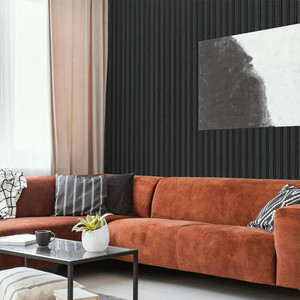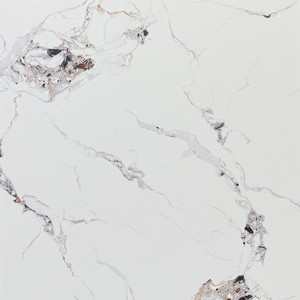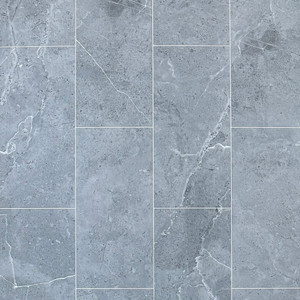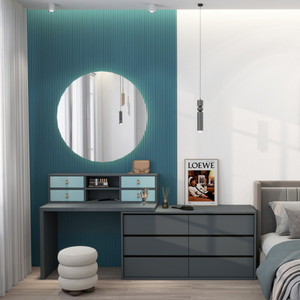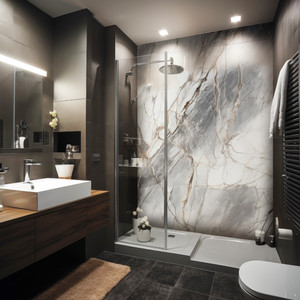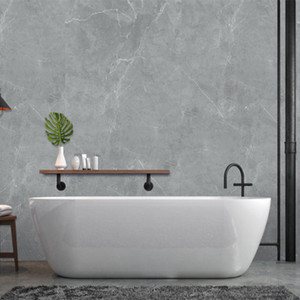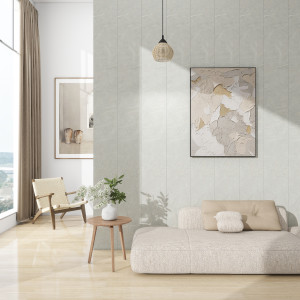Frequently Asked Questions
How to Clean Wet Wall Panels?
Cleaning wet wall panels is straightforward due to their non-porous PVC material. Simply use a clean cloth and a bowl of warm water to wipe away any grime and dirt. This ensures the panels remain clean and hygienic
How to Cut Wet Wall Panels?
PVC panels can generally be cut using a fine-tooth saw or a sharp utility knife. It's important to measure and mark your cutting line accurately and use a straight edge for guidance to ensure a clean, straight cut.
How to Fit Wet Wall Panels?
Our wet wall panels are designed for easy installation. They feature a tongue and groove interlocking system for seamless fitting. Panels click together and can be secured to the wall using a suitable adhesive. No grouting is needed, and the process is hassle-free.
What Are Your Wet Wall Panels Made Of?
Our panels are made from 100% moisture-resistant PVC. This material is ideal for wet environments hence why they are also commonly known as bathroom wall panels.
Can You Paint Wet Wall Panels?
PVC panels can generally be painted, however this will obstruct the finish of the panels, provided the surface is properly prepared and the right type of paint is used. It's advisable to consult with a professional or the manufacturer for specific guidance.
Can You Put Wet Wall Panels Over Tiles?
PVC panels can often be installed over existing tiles. The key is to ensure the surface is clean, dry, and even. An appropriate adhesive must be used, and additional prep work may be required for a secure fit.
How to Join Wet Wall Panels?
Our wet wall panels are designed to join together smoothly, through a tongue and groove system. This design allows panels to fit together securely, creating a continuous, waterproof surface with no need for grout.

